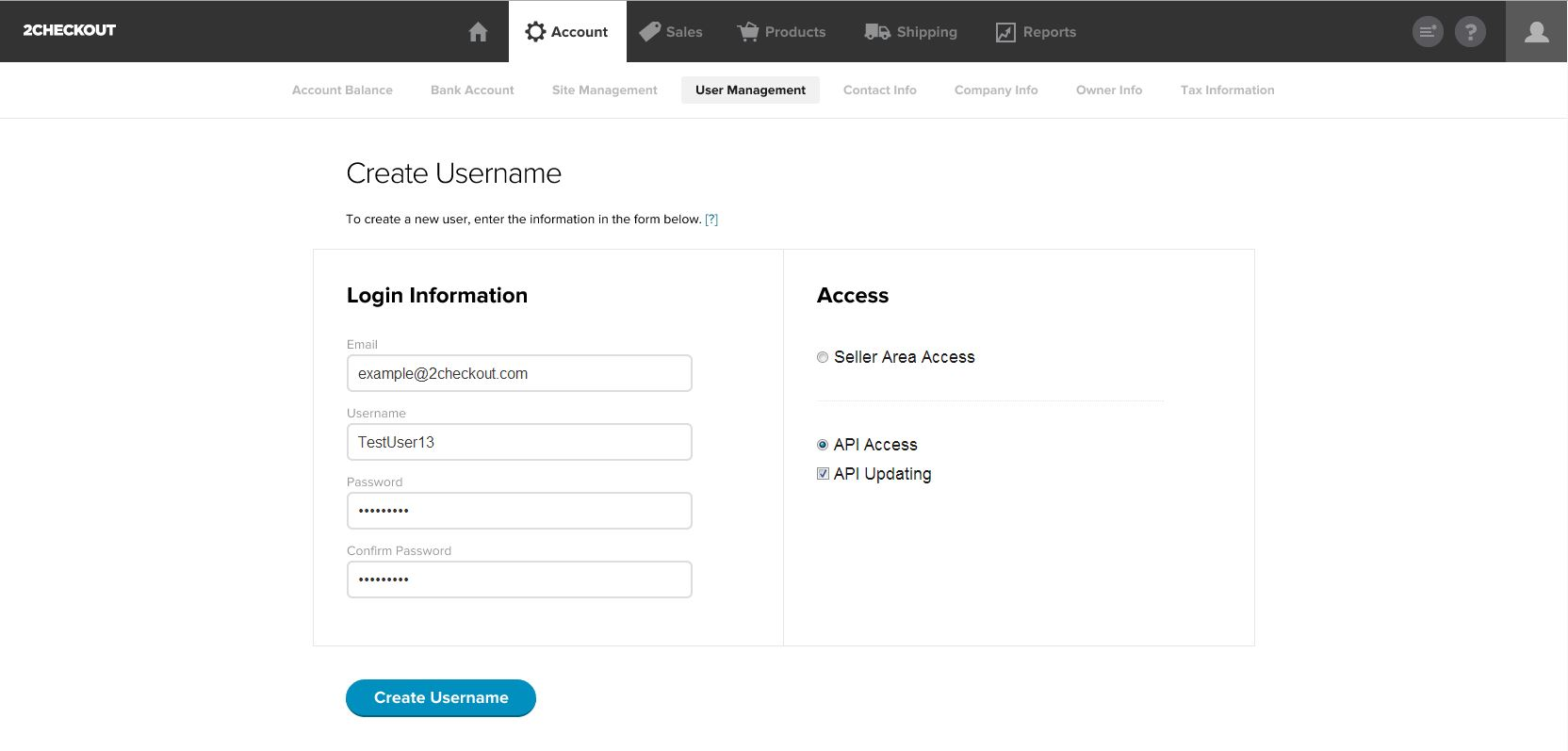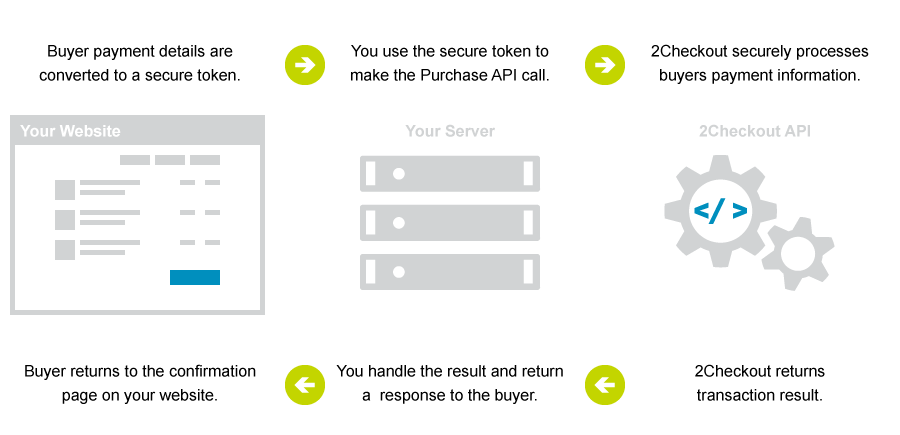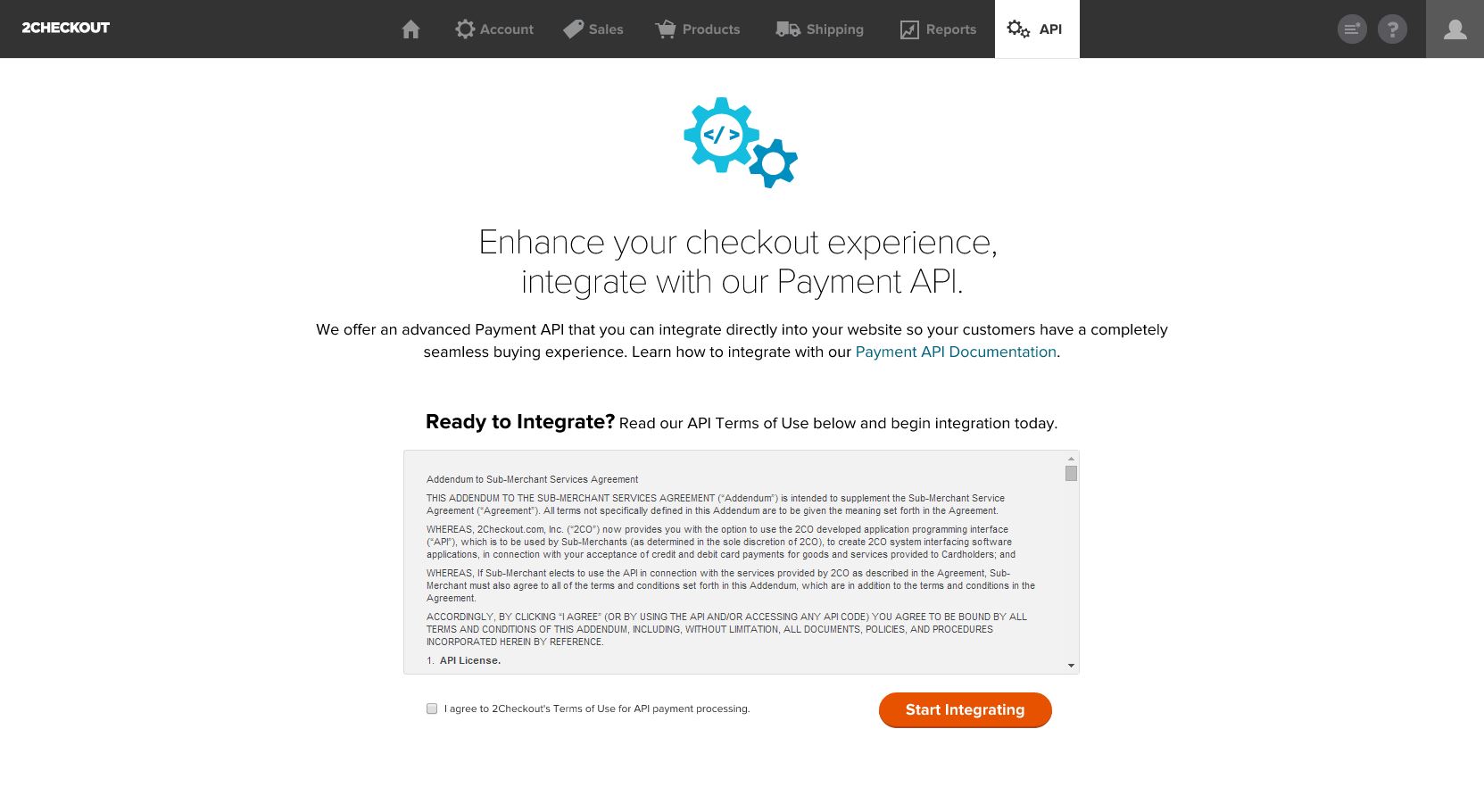Reauthorize
Overview
The reauthorize call is used to attempt to reauthorize sale having expired pre-authorized payment. Please note you can only attempt to reauthorize a sale once per day.
URL: https://www.2checkout.com/api/sales/reauth
HTTP Method: POST
Input Parameters
| Parameter | Description |
|---|---|
| sale_id | The order number/sale ID to reauthorize. Required. |
Data Returned
| Parameter | Description |
|---|---|
| response_code | Tells the user whether or not the operation was successful |
| response_message | Tells the user why the operation was or was not successful |
Example API Call
curl -X POST https://www.2checkout.com/api/sales/reauth -u 'username:password' \
-d 'sale_id=1234567890' -H 'Accept: application/json'Example Successful Response
{
"response_code" : "OK",
"response_message" : "Payment reauthorized."
}Common Error Codes
| Code | Description |
|---|---|
| PARAMETER_MISSING | Required parameter missing: |
| PARAMETER_INVALID | Invalid value for parameter: |
| RECORD_NOT_FOUND | Unable to find record. |
| FORBIDDEN | Access denied to sale. |
Method-Specific Error Codes
| Code | Description |
|---|---|
| TOO_LATE | Payment is already pending or deposited and cannot be reauthorized. |
| TOO_SOON | Please wait until the next day to reauthorize again. |
| FAILED | Failed to reauthorize payment. |



